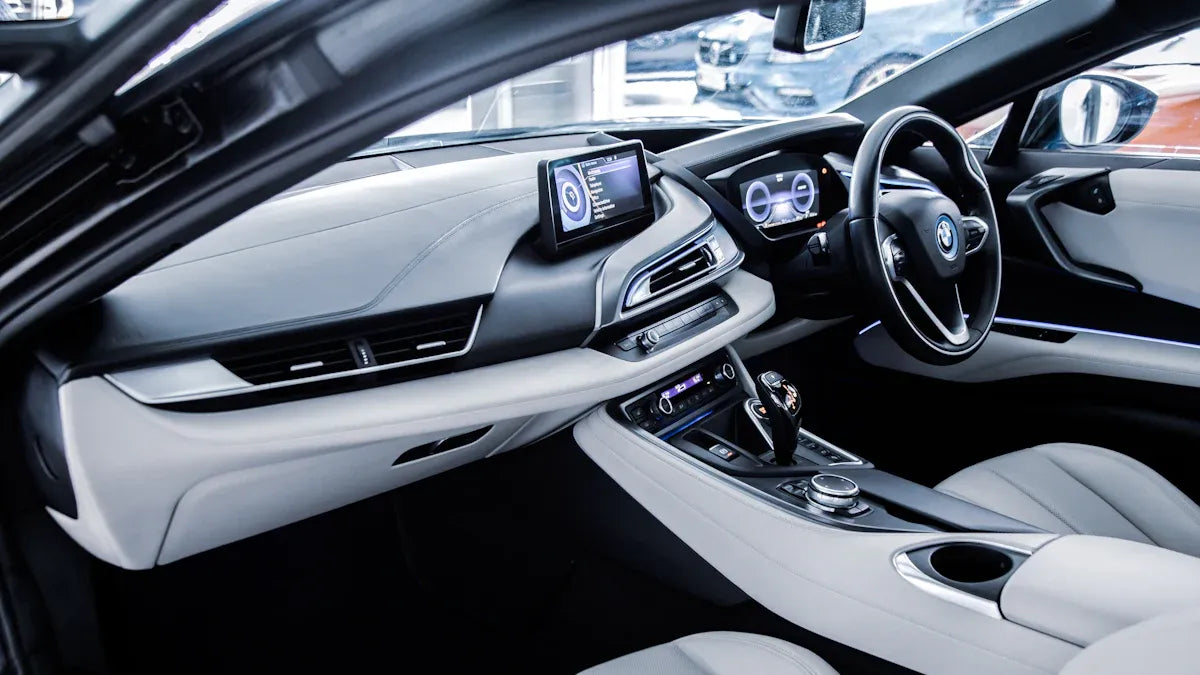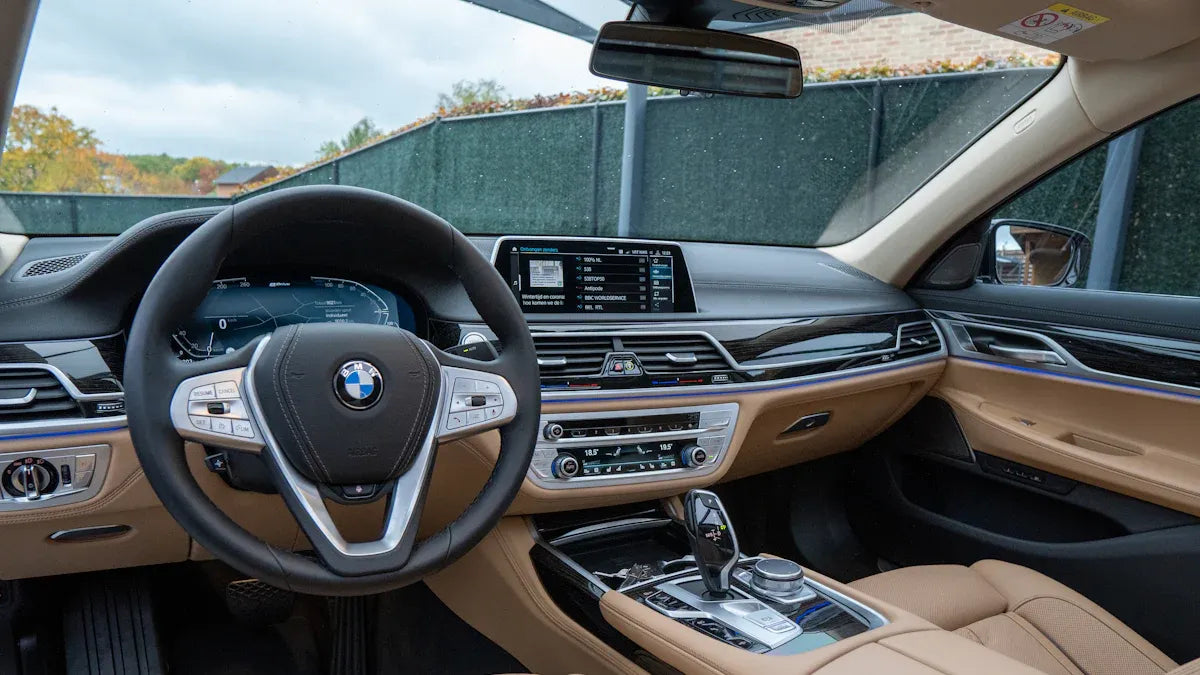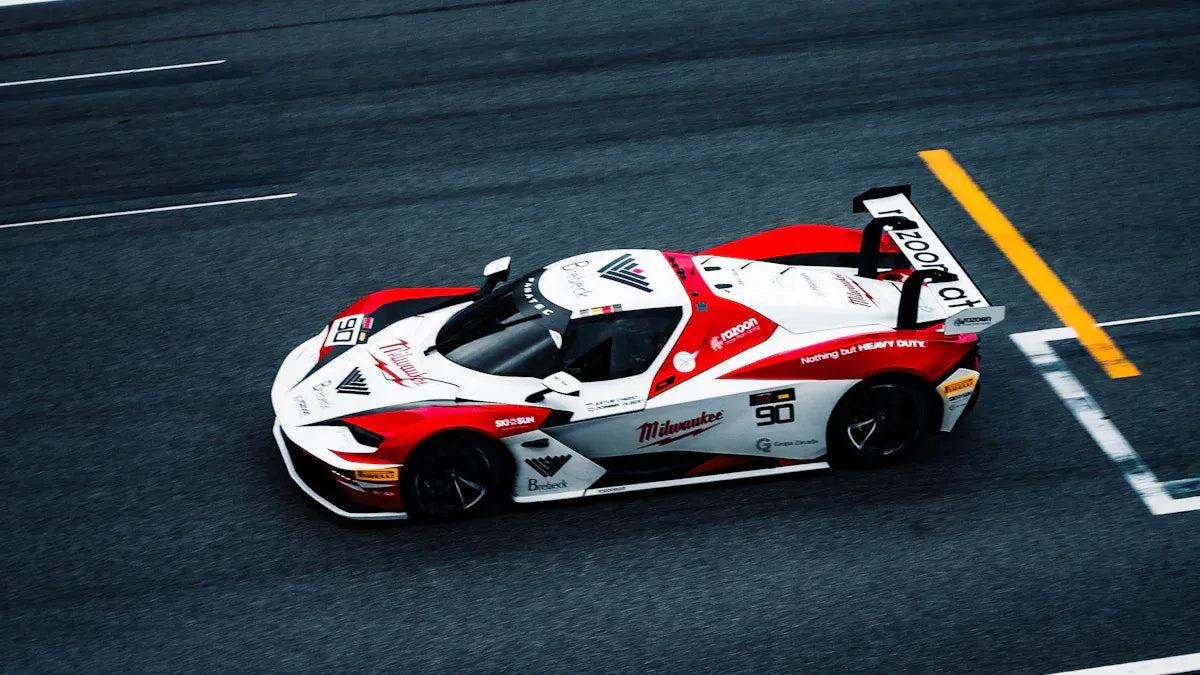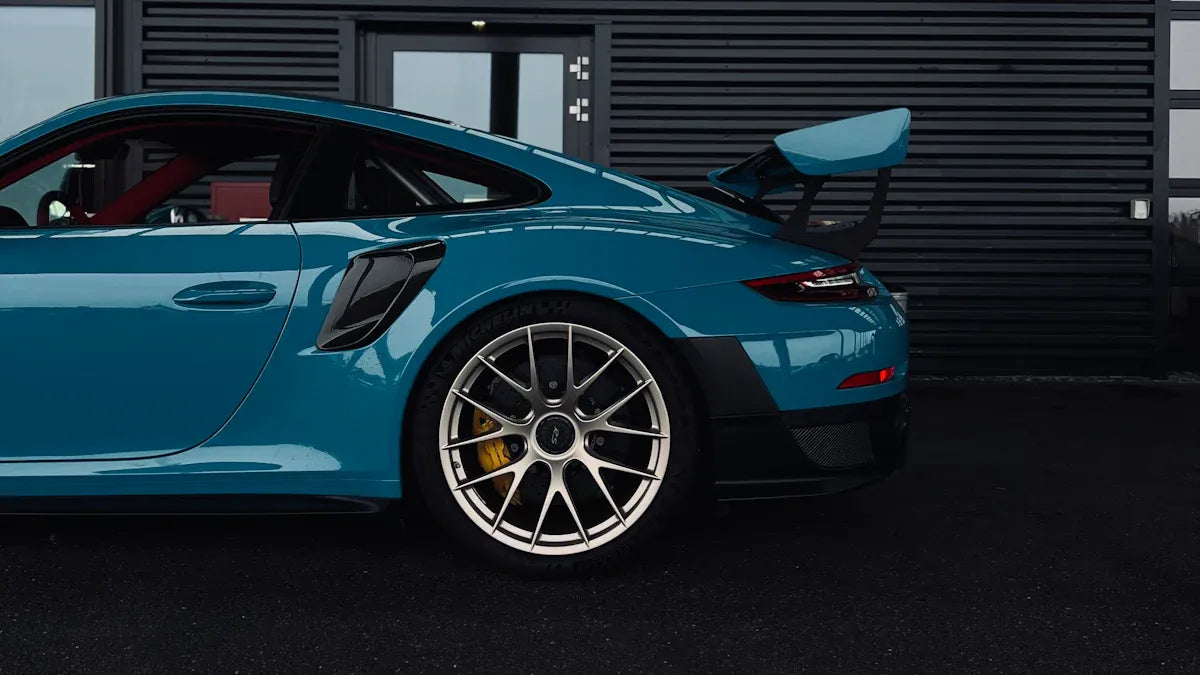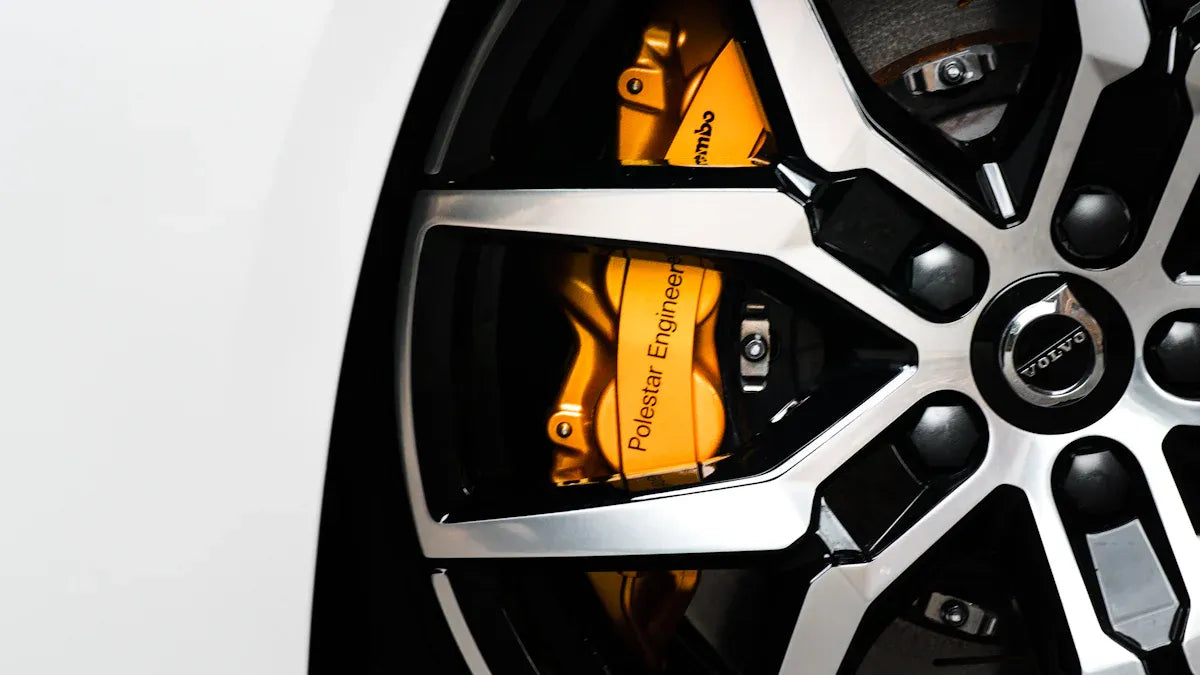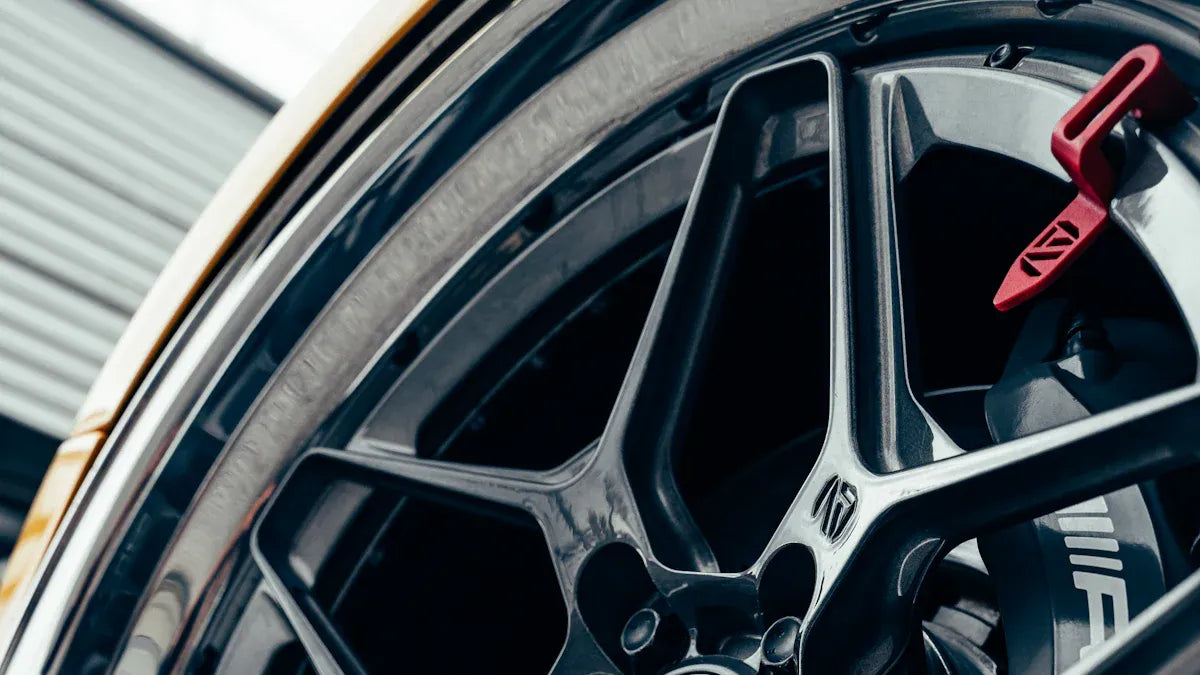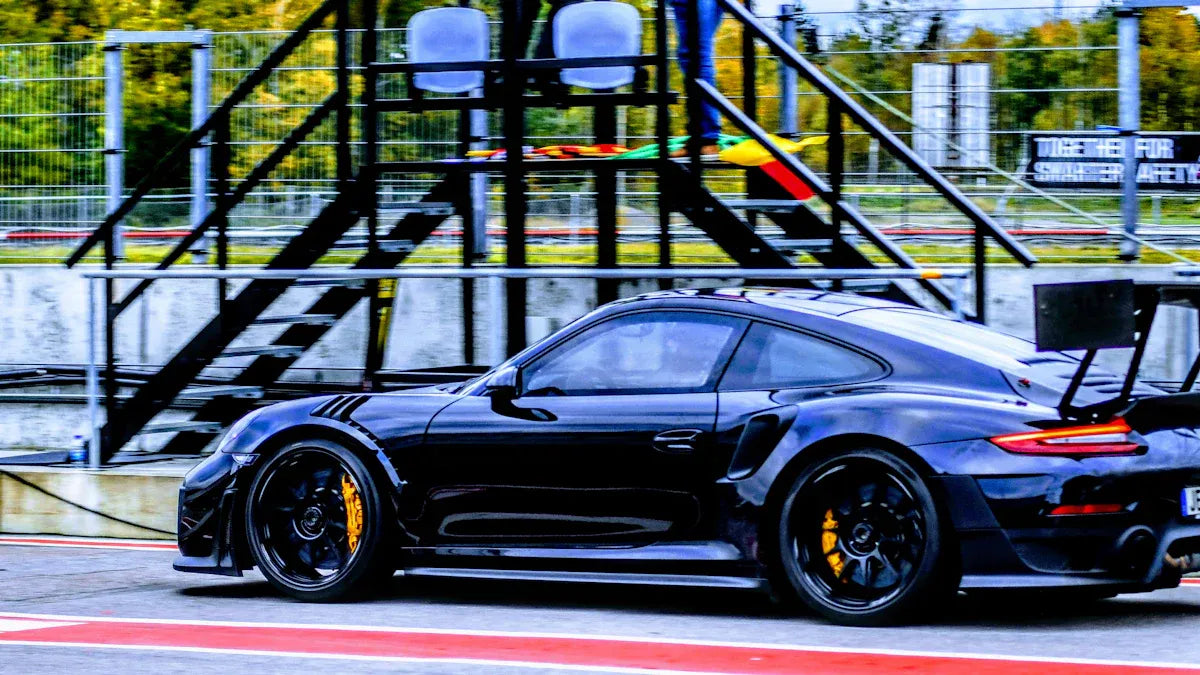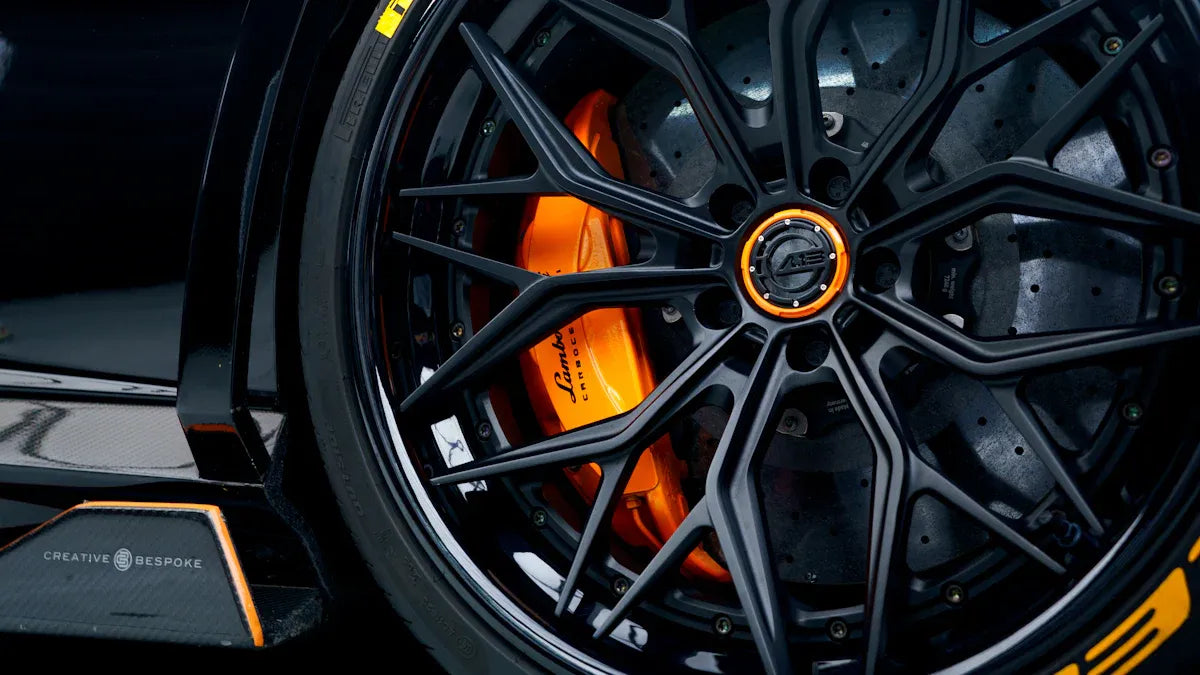CarbonXtreme Post
BMW X1 M Sport and xDrive28i Features Compared
The BMW X1 M Sport and xDrive28i cater to different driving preferences, making them suitable for distinct needs. The M Sport is built for those who prioritize performance, featuring a 313-horsepower engine, sportier design, and enhanced handling dynamics. It’s perfect for enthusiasts who enjoy spirited driving. On the other hand, the xDrive28i is more suited for daily commuting, offering practicality, better fuel efficiency (up to 33 MPG), and a focus on comfort. Both trims feature spacious interiors, but the xDrive28i emphasizes comfort, while the M Sport trim prioritizes driving excitement. Understanding your lifestyle will help you choose the ideal trim.
Tips for Understanding BMW X1 Packages in 2025
Choosing the right BMW X1 package involves understanding your driving needs, lifestyle preferences, and budget. Each package offers distinct features, from performance upgrades in the M Sport package to advanced tech and safety features in the Premium and Technology packages. Whether you prioritize high-performance driving, luxury, or budget-friendly options, the BMW X1 has something for everyone. Test driving various trims and packages, along with consulting with experts, ensures you make a well-informed decision. Regular maintenance and smart driving habits will also help you maximize the longevity and value of your BMW X1.
Track Day Performance GT1 vs GT3 Explained
Choosing between GT1 and GT3 cars for track days is crucial based on your driving goals and experience. GT1 cars deliver raw power and speed, ideal for seasoned drivers on high-speed circuits. With over 800 horsepower, they excel in acceleration and top speed, making them perfect for track dominance. GT3 cars, while not as powerful, offer a more balanced and accessible experience with their 500-600 horsepower, making them ideal for beginners and those seeking versatility. The Porsche GT3 stands out for its performance, reliability, and ease of handling, making it a popular choice for track enthusiasts. GT1 cars, on the other hand, demand expert-level skills but are built for ultimate performance.
GT2 RS vs GT3 Touring: A Driver’s Perspective on Performance
The Porsche GT2 RS and GT3 Touring represent two distinct approaches to high-performance cars, each catering to different driving preferences. The GT2 RS focuses on raw power and track dominance, boasting over 700 horsepower and aggressive aerodynamics for unmatched speed. In contrast, the GT3 Touring provides a more refined driving experience with its naturally aspirated engine and manual transmission, making it perfect for daily use and spirited drives. Both models excel in their own right, with the GT2 RS offering extreme track performance and the GT3 Touring delivering a balanced, driver-focused ride. Choosing between the two depends on whether you prioritize speed and track performance or comfort and usability.
The Ultimate Guide to Forged and Flow Formed Wheels in 2025
When selecting wheels, understanding the differences between forged and flow-formed options is crucial. Forged wheels offer superior strength, durability, and performance, making them the go-to choice for high-performance applications like racing and off-roading. Flow-formed wheels, while not as strong, offer a balance of performance and affordability, making them ideal for daily driving and casual enthusiasts. Both types provide significant improvements in handling, acceleration, and efficiency. The choice between forged and flow-formed wheels depends on your performance needs, budget, and vehicle type.
What Are the Differences Between Positive, Negative, and Zero Offsets
Wheel offset plays a crucial role in your vehicle’s performance and aesthetics. Positive offset pushes the wheel inward, often providing better handling and fender clearance, while negative offset offers a more aggressive stance but can lead to rubbing. Zero offset balances the wheel's position for a neutral stance. Choosing the right offset improves handling, prevents rubbing, and enhances vehicle safety. Ensure compatibility by referring to manufacturer guidelines or consulting professionals, and always test fit wheels before purchasing.
Flow Forged vs Spun Forged Wheels Explained
When choosing between flow forged and spun forged wheels, it’s crucial to consider performance, durability, and cost. Flow forged wheels are lighter, providing better acceleration, handling, and braking performance, making them ideal for high-performance vehicles. They also offer intricate designs, perfect for those seeking both style and functionality. Spun forged wheels, while slightly heavier, offer near-forged strength at a more affordable price, making them suitable for off-road vehicles and drivers who prioritize durability. Understanding your driving conditions, vehicle type, and budget will help you select the best wheels for your needs.
How Lightweight Wheels Improve Acceleration and Stability on the Track
Upgrading to lightweight track wheels can significantly improve your vehicle's performance by reducing rotational and unsprung mass. This leads to faster acceleration, sharper handling, and better braking. Materials like aluminum, magnesium, and carbon fiber are popular choices, each offering unique benefits in terms of weight, cost, and performance. While aluminum provides a balance of cost and performance, magnesium and carbon fiber offer superior weight reduction and handling improvements, making them ideal for competitive track use. Investing in lightweight wheels enhances overall driving efficiency, reduces driver fatigue, and optimizes vehicle dynamics.
Steel vs Aluminum vs Carbon Fiber: Which Wheel Material is Strongest?
Choosing the right wheel material in 2025 is essential for optimizing vehicle performance, safety, and cost. Steel wheels are strong, durable, and ideal for off-road and heavy-duty vehicles but come with added weight. Aluminum wheels strike a balance between performance and affordability, making them perfect for everyday commuting and light driving. Carbon fiber wheels offer unmatched performance in terms of strength and weight, making them the top choice for racing and high-performance applications, though they come at a premium cost. Each material has its strengths and is best suited for different driving conditions and budgets.


